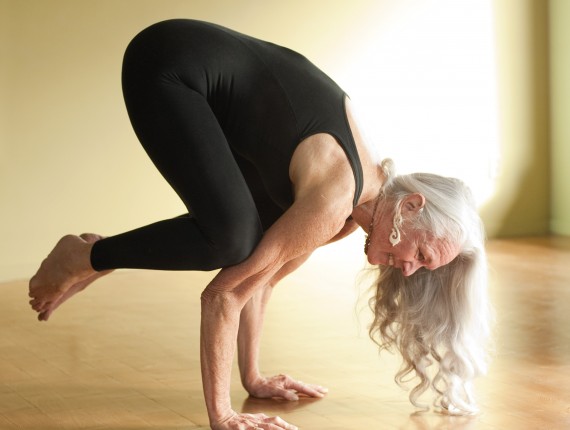Is it Possible to Battle the Age – Related Bulge?
 Like learning to walk, losing baby teeth and hitting puberty, weight gain as we age is accepted as another rite of passage that we all must endure. Sure, many fight it with drugs and surgery but those pesky fat cells always seem to show up insidiously and bring friends with them. The root of this seems to fall to a steadily declining Resting Metabolic Rate (how many calories our bodies burn while we are at rest). Stats indicate this fat accumulation begins in our late 30’s, and those additional pounds start to stockpile yearly, According to a study, men gain an average of 3.4% of their body weight and women 5.2% of their body weight every decade. There have been as many explanations for this drop in metabolism, as there are fat cells in a body. So, it can get a little confusing and even frustrating. Let’s just suffice it to say that it’s a complex interwoven process concerning our hormones, genes, gender and lifestyle habits. AHH! There’s that whole lifestyle lingo again – no I’m not a broken record but sure do feel like one at times. There are some things we can’t control but we CAN be more proactive against this whole aging thing by incorporating one habit several times a week.
Like learning to walk, losing baby teeth and hitting puberty, weight gain as we age is accepted as another rite of passage that we all must endure. Sure, many fight it with drugs and surgery but those pesky fat cells always seem to show up insidiously and bring friends with them. The root of this seems to fall to a steadily declining Resting Metabolic Rate (how many calories our bodies burn while we are at rest). Stats indicate this fat accumulation begins in our late 30’s, and those additional pounds start to stockpile yearly, According to a study, men gain an average of 3.4% of their body weight and women 5.2% of their body weight every decade. There have been as many explanations for this drop in metabolism, as there are fat cells in a body. So, it can get a little confusing and even frustrating. Let’s just suffice it to say that it’s a complex interwoven process concerning our hormones, genes, gender and lifestyle habits. AHH! There’s that whole lifestyle lingo again – no I’m not a broken record but sure do feel like one at times. There are some things we can’t control but we CAN be more proactive against this whole aging thing by incorporating one habit several times a week.
How do we combat this unwelcome Birthday present? Well, recent studies indicate that decreased metabolism due to the aging process is somewhat misleading and we can actually prevent yearly weight gain with a few changes. This decrease in metabolism is not entirely due to aging, but more to the inherent parallel of decreased activity levels and specifically, decreased strength training (think MUSCLES). With less strength training volume (amount and intensity) our muscle mass decreases and this is our fat burning furnace, the metabolic motor, if you will. Less muscle means smaller motor, therefore, less power resulting in slower metabolism and hence fat gain.
Bottom line: Don’t stop your resistance training, use body weight, weights, bands, bags, whatever you have on hand to keep lifting, pulling and pushing. Consider a minimum of twice per week, using all body parts to MAINTAIN what muscle mass you have, more often training will obviously increase your muscle mass. It’s also important to progress or increase the volume (time or intensity of exercise) with your training as needed to further increase your metabolism, and possibly help lose or keep off fat weight, as we get older.




















